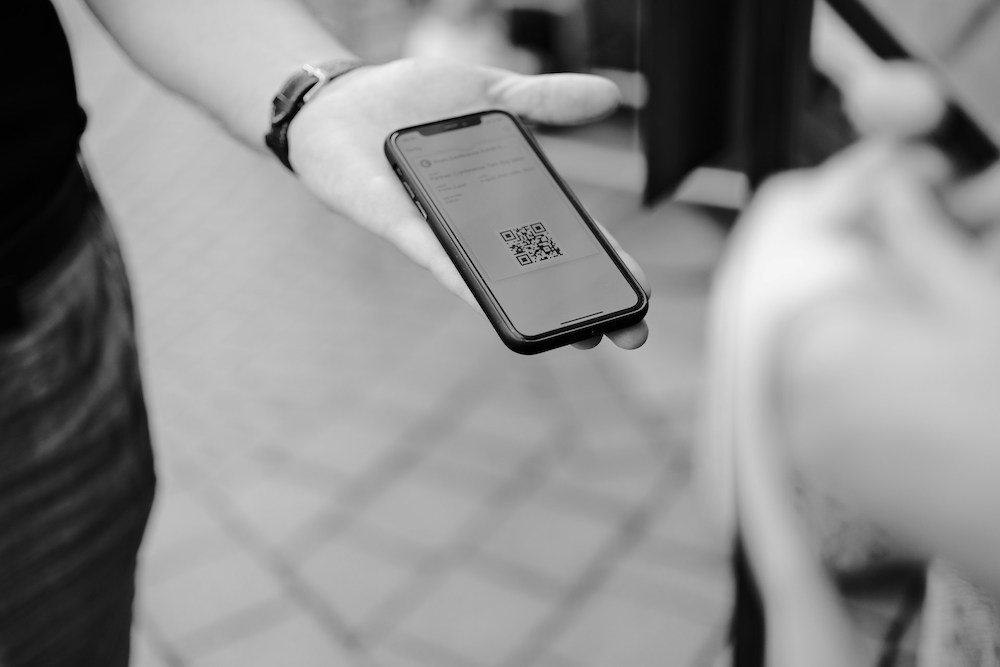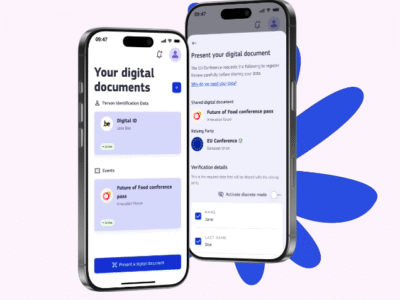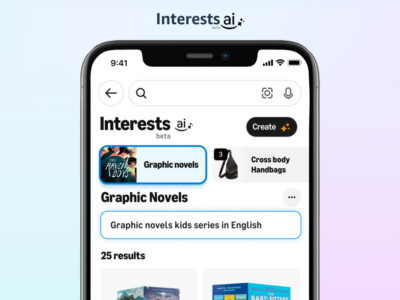QR Code Phishing is becoming more popular as we use QR code more than ever before. QR Code is an abbreviation of Quick Response Code.
Quick Response Code is generally known as a machine-readable code consisting of an array of black and white squares, typically used for storing URLs or other information for reading by the camera on a smartphone.
Once the camera on a smartphone scans a QR Code, it provides the user with a URL to either open directly or copy and paste in a browser. The use can then proceed with the purpose for which the QR Code was scanned.
QR Code Phishing
This is the fraudulent practice of directing users to a URL purporting to be from reputable companies in order to induce individuals to reveal personal information, such as passwords and credit card numbers.
Malicious QR codes can direct you to fake websites. These fake websites are designed make you perform tasks that are detrimental to you. As an example, bad actors are placing fake QR code stickers over the real ones on parking meters.
Scanning one of these QR Codes at a parking lot will take you to a fake website where you pay the wrong people for parking. Now, you lose on two ends, you pay the wrong people and you end up with parking tickets. So you’ll have to pay twice. Likewise, you would have probably revealed your credit card details to the scammers.
How AI helps with QR Code Phishing
AI can be used to quickly generate fake websites and their QR codes. These fake websites are their QR codes mimic legitimates ones. The fake websites are becoming rampant. People needs to be more careful with scanning QR codes, visiting the URL, and performing tasks on the URL the QR code leads them to.
Furthermore, AI can be used perform Open Source Intelligence (OSINT). AI can collect data from publicly available sources. The data can then be used it perform an intelligence operation on the individual. AI can be used to generate customised information about a potential victim.
Using QR codes is fine! However, you need to carefully scrutinise all URL that you are about to open and the ones you have already opened. Do not believe any QR code until you have proved that it will lead you to a legitimate website.






